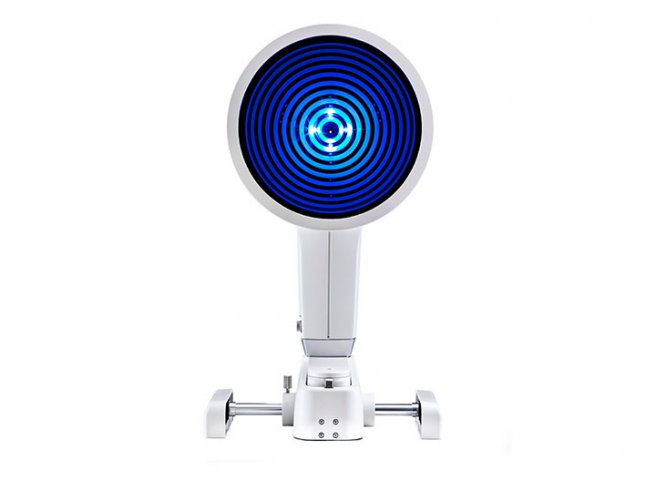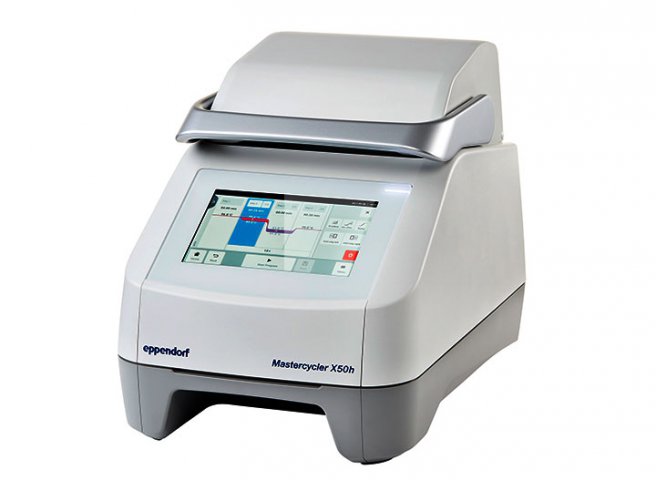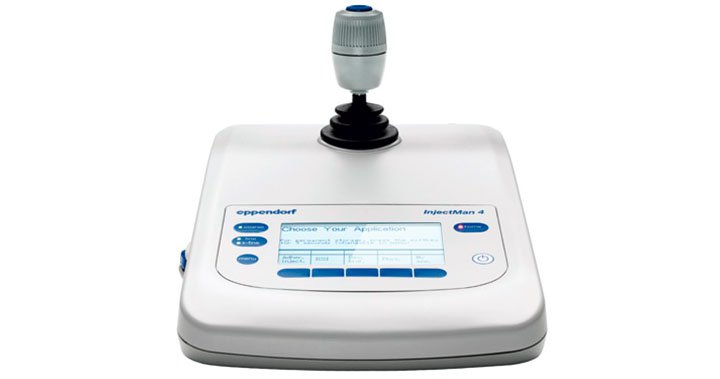Domus Paper
How do you see the evolution of health care design in 20 years’ time?
Digitisation means increasing amounts of data are being collected and sent to medical centres for assessment. In the future, diagnoses and therapies will no longer be decided by experts (the doctors) but by computers, and the instructions for treatment will be sent directly to patients. Medical visits and health care management will take place through implants and devices that patients carry in their bodies. In an emergency, life-saving, the current trend is to avoid or minimise operations on the body. Various medical procedures based on imaging, like keratography in ophthalmology, are already capable of providing 3D data in advance, making it easier to plan a more effective operation.
Kidney transplants are already carried out using robots, without making any incisions in the skin. In the future it will be possible to inject patients with miniature robots guided by artificial intelligence and capable of acting autonomously. Discoveries in DNA will enable us to make genetic modifications that can be transferred back into the human body. The high-tech devices we have conceived and developed for this purpose, like the Mastercycler for polymerase chain-reaction procedures and Transferman – a microinjector for manipulating cells – will also exist.

Will health care design still exist with today’s characteristics?
We’re currently working on a system for preserving organs outside the human body, dealing with all organs explanted in order to keep them alive. This means that we’ll be able to treat tumours in organs with drugs that would harm patients irremediably if applied to them directly. It will make the battle against cancer far more effective. Compared with the methods used today, the procedure will be less invasive and the patient will recover sooner.
The development of such complex systems presupposes a much more intense and extended commitment on the part of designers. Educators, researchers, developers, manufacturers and designers are working together. In the future, the design of user interfaces will become increasingly important, another reason why there will be a great need for specialized designers.

What kind of consumer do you see in 20 years’ time?
Artificial intelligence, robots and the digitization of health care will lead to the disappearance of doctors as we know them today. Analysis, diagnosis and treatment will all be carried out by machines that act independently. Only a few people will be needed for their maintenance and control. The costs of future developments in medical technology will continue to rise and it will be impossible to finance all this for the cast majority of the population. The consumers will be the rich.

Which of today’s projects are picking up on ideas that were shelved years ago, and which are developing from new research?
One of medicine’s great ambitions has always been to be able to count on a range of human spare parts. The earliest attempts, artificial hearts or bionic limbs, always involved high risks for the patient. Today it’s possible to start from cells to grow a skin that can be used to heal severe burns. Currently, thanks to the development of 3D printers, we can print titanium bones, for instance to treat head tumours. You pass the intact side of the skull through the scanner and then produce and identical spare part. With digitization we can create the replacement part so as to attain the maximum and weight. We can assume that in future we’ll be able to replace almost any part. Whether that’s desirable is another matter, almost any part of the human body with an artificial part. Whether that’s desirable is another matter.
by Andrea Ciotti // domus paper april 2018
